Mica capacitors, renowned for their stability and precision, utilize thin mica sheets as their dielectric material. This unique construction grants them exceptional performance in high-frequency applications. They are used in radio frequency(RF) circuits, and in applications where precision is needed.
These capacitors boast low losses and high accuracy, making them ideal for critical circuits. Their robust design ensures minimal capacitance variation over time and temperature, contributing to their reliability in demanding electronic systems.
What Is Mica Capacitor
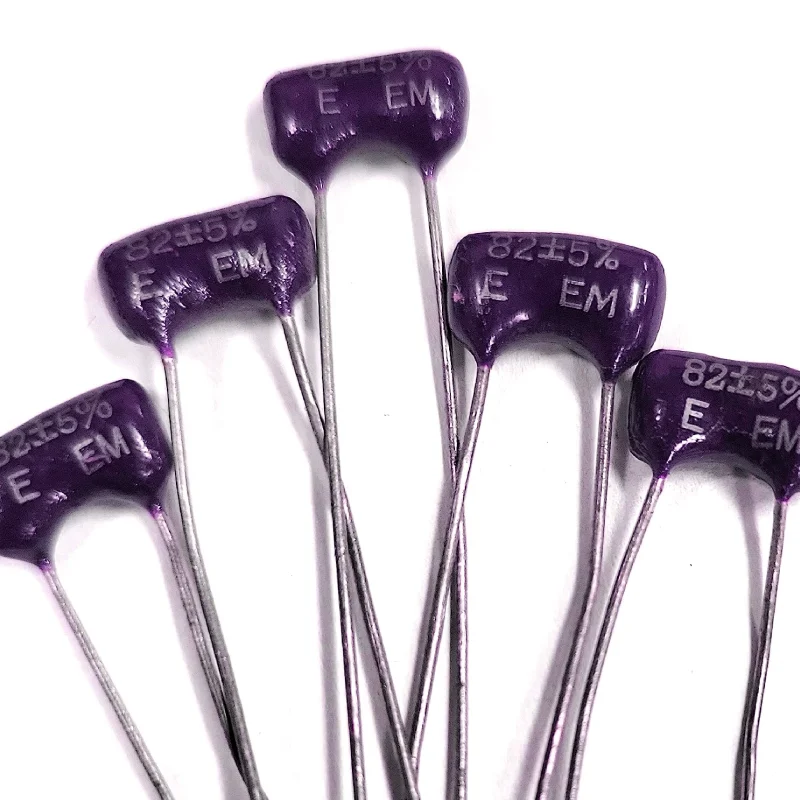
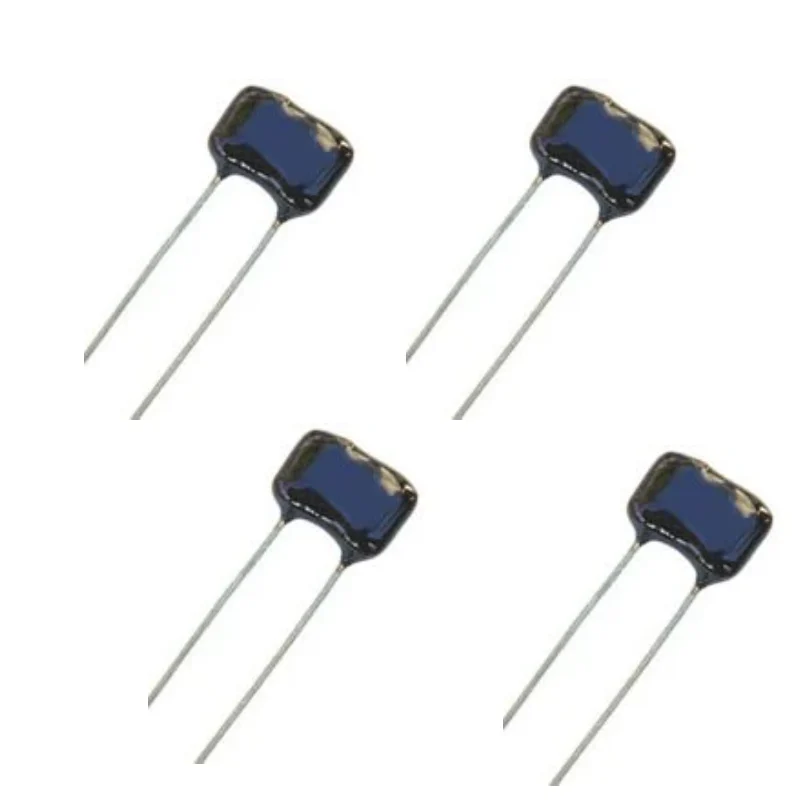
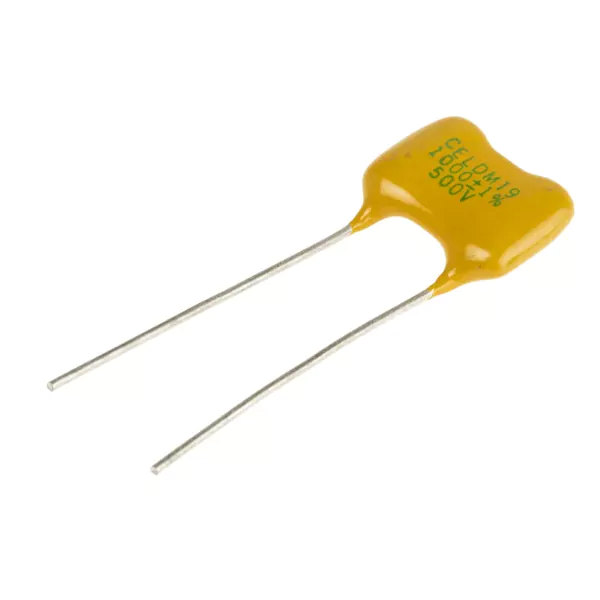
Mica capacitors utilize thin sheets of mica as a dielectric material, sandwiched between conductive plates. This construction grants them exceptional stability, low loss, and high precision, especially at high frequencies and temperatures. They are known for their reliability and long lifespan.
Due to their robust characteristics, mica capacitors are ideal for applications requiring tight tolerances and stable performance. They find use in resonant circuits, high-frequency coupling, and filtering, particularly in demanding environments like aerospace and military applications.
What Is Mica Capacitor Made of
Mica capacitors are primarily made of:
- Mica: This is the dielectric material, a naturally occurring mineral that’s thin, strong, and has excellent electrical insulating properties.
- Conductive plates: These are typically thin sheets of metal, such as silver or aluminum, that are layered with the mica.
- Encapsulation: The internal components are often encapsulated in a protective material, like epoxy resin, to shield them from environmental factors.
What Are Mica Capacitors Used For
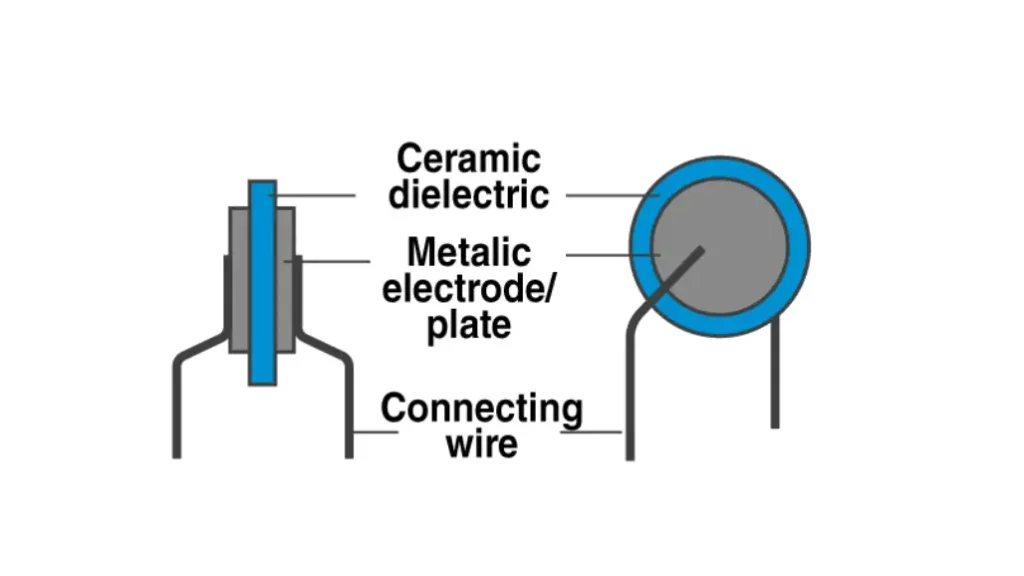
Mica capacitors are used in applications requiring high stability, precision, and reliability, particularly at high frequencies and temperatures. Common applications of mica capacitor include:
- Radio frequency (RF) circuits: Their low losses and stable characteristics make them ideal for oscillators, filters, and tuning circuits in RF equipment.
- High-voltage applications: Mica’s dielectric strength allows them to be used in high-voltage power supplies and transmitters.
- Military and aerospace applications: Their robustness and reliability make them suitable for harsh environments and critical systems.
- Precision timing circuits: Their stability ensures accurate timing in applications like crystal oscillators.
- Medical equipment: where precision and reliability are paramount.
Silver Mica Capacitor Applications
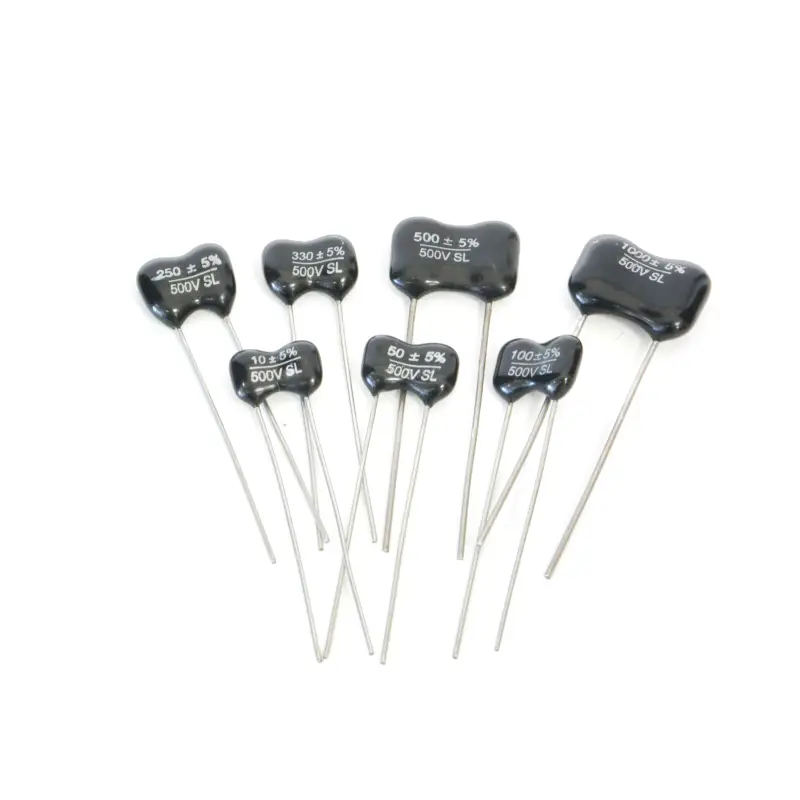
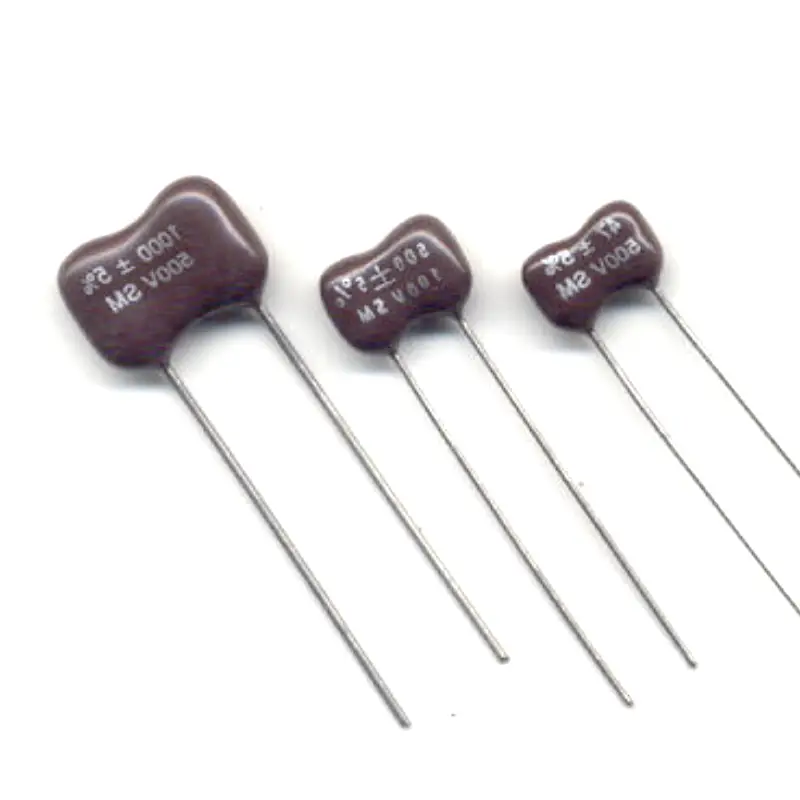
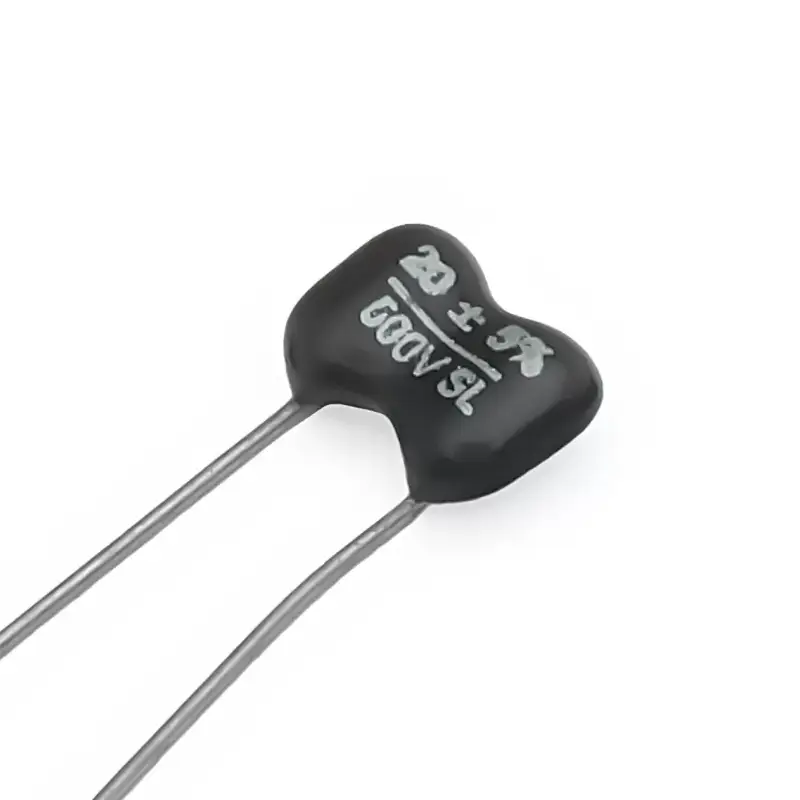
Silver mica capacitors are highly regarded for their stability, precision, and reliability, making them suitable for specific applications where these characteristics are crucial. Here’s a breakdown of their primary applications:
Radio Frequency (RF) Circuits:
- They are extensively used in high-frequency tuned circuits, such as those found in filters, oscillators, and RF amplifiers. Their low losses (high Q factor) and stable capacitance values are essential for precise frequency control.
Oscillators:
Their excellent frequency stability makes them ideal for use in oscillators, where maintaining a consistent frequency is vital.
Filters:
In filter circuits, their tight tolerances and low losses ensure accurate and predictable performance.
High-Voltage Applications:
Silver mica capacitors can withstand high voltages, making them suitable for applications like RF transmitters and other high-power electronic devices.
Precision Instrumentation:
Their accuracy and reliability make them valuable in measurement devices, oscilloscopes, and other precision electronic instruments.
Audio Equipment:
They are sometimes used in high-quality audio equipment, particularly in coupling and signal processing circuits, where their stability and low distortion characteristics contribute to faithful signal reproduction.
Pulse Applications:
Due to their high dv/dt ratings, they can be used as snubbers in pulse applications.
Key characteristics that make them suitable for these applications include:
- High stability
- Low dielectric loss
- Low temperature coefficient
- High precision
- High voltage rating
While they are often more expensive and bulkier than other capacitor types, their superior performance in specific applications ensures their continued use.
Why Use Mica Capacitors
Mica capacitors are chosen for their superior performance in specific applications due to several key advantages:
- High Stability: They exhibit minimal changes in capacitance with variations in temperature, voltage, or frequency.
- Low Losses: They have a low dissipation factor, meaning they waste very little energy, making them efficient in high-frequency circuits.
- High Precision: They offer tight tolerances, ensuring accurate and consistent performance.
- High-Temperature Operation: They can withstand high temperatures without significant degradation, making them suitable for demanding environments.
- Reliability and Longevity: Their robust construction and stable properties contribute to a long lifespan and dependable operation.
- High Voltage Capabilities: Mica as a dielectric allows for high voltage applications.
How to Read Mica Capacitor Values
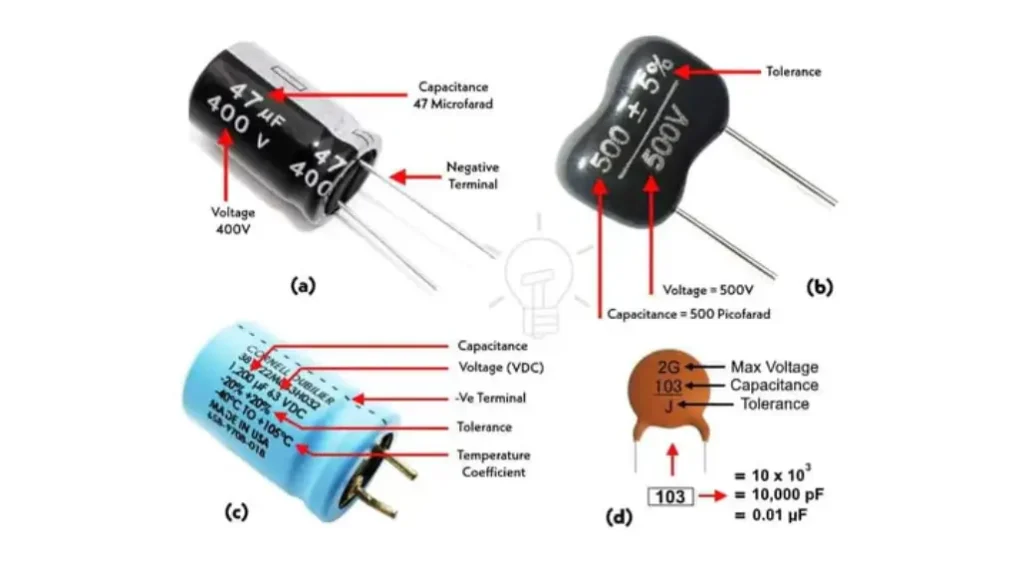
Reading mica capacitor values can involve understanding color codes or direct numerical markings. Here’s a guide about how to read mica capacitors:
Color Codes
Mica capacitors, particularly older ones, often use color codes to indicate their capacitance, tolerance, and other characteristics.
These color codes are similar to those used for resistors but with variations.
Key aspects of the color code:
- Significant Figures: Colors represent numerical values.
- Multiplier: Another color indicates the power of 10 to multiply the significant figures by.
- Tolerance: This color shows the accuracy of the capacitance value.
- It is important to find a color code chart specific to mica capacitors, as there are variations between manufactures, and military vs comercial standards.
It is very important to note that the values obtained from the color codes are almost always in Picofarads(pF).
Numerical Markings
- More modern mica capacitors may have their values printed directly on the body.
- These markings typically indicate the capacitance value in picofarads (pF).
- You may also find markings for the voltage rating and tolerance.
- When reading numerical markings, pay close attention to the units. Sometimes other units may be used, although pF is by far the most common.
Key Considerations
- Picofarads (pF): Mica capacitor values are usually in picofarads.
- Tolerance: Pay attention to the tolerance rating, as it indicates the range of possible capacitance values.
- When working with older components, finding a reliable color code chart is essential.
- When in doubt, use a capacitance meter to verify the value.
Mica Capacitor vs Ceramic
Mica and ceramic capacitors are both widely used, but they differ significantly in their characteristics and applications.
Here’s a comparison between mica and ceramic capacitors:
Mica Capacitors:
- Dielectric: Mica
- Stability: Excellent, very stable with temperature and frequency.
- Accuracy: High precision, tight tolerances.
- Frequency Range: Excellent high-frequency performance.
- Temperature Coefficient: Low and predictable.
- Cost: Generally more expensive.
- Applications: RF circuits, high-voltage applications, precision timing, military and aerospace.
Ceramic Capacitors:
- Dielectric: Ceramic materials (various formulations).
- Stability: Varies widely depending on the ceramic formulation (e.g., COG/NP0, X7R, Z5U). COG/NP0 are very stable. X7R and Z5U less so.
- Accuracy: Varies depending on the type. COG/NP0 are high precision. X7R and Z5U are less so.
- Frequency Range: Varies; some types are suitable for high frequencies.
- Temperature Coefficient: Varies significantly with the dielectric.
- Cost: Generally less expensive.
- Applications: General-purpose coupling, decoupling, filtering, and bypass applications.
| Feature | Mica Capacitor | Ceramic Capacitor |
|---|---|---|
| Dielectric | Mica | Ceramic (various) |
| Stability | Excellent | Variable (COG/NP0: excellent, X7R/Z5U: less stable) |
| Accuracy | High | Variable (COG/NP0: high, X7R/Z5U: lower) |
| Frequency | Excellent high-frequency | Variable |
| Temperature Coefficient | Low, predictable | Variable, can be significant |
| Cost | Higher | Lower |
| Applications | RF, high-voltage, precision | General-purpose |
Mica Capacitor Capacitance Range
Mica capacitors typically offer a capacitance range from a few picofarads (pF) up to several thousand picofarads (pF), and in some specialized cases, a few nanofarads (nF). Here’s a more detailed breakdown:
- Typical Range:
- Generally, mica capacitors are found in the range of 1 pF to 10,000 pF (10 nF).
- Lower End:
- They excel at providing very small, precise capacitance values, making them suitable for high-frequency applications where lower capacitance is required.
- Upper End:
- While they can reach into the nanofarad range, they are not typically used for high capacitance values compared to other capacitor types like ceramic or electrolytic capacitors.
- Factors Affecting Range:
- The capacitance value depends on the thickness and surface area of the mica sheets, as well as the number of layers used in the capacitor’s construction.
- Manufacturing techniques and materials also play a role in determining the available capacitance range.
Because of the materials and production processes, mica capacitors are best used where stability and precision are needed, not necessarily high capacitance.
Mica Capacitor Advantages and Disadvantages
Mica capacitors offer several key advantages, making them suitable for specialized applications, but they also have some drawbacks.
Mica Capacitor Advantages:
- High Stability: Excellent stability with respect to temperature, voltage, and frequency changes.
- Low Losses: Very low dissipation factor, ideal for high-frequency applications.
- High Precision: Tight tolerances and high accuracy.
- High-Temperature Operation: Can withstand high temperatures.
- Reliability: Long lifespan and robust construction.
- High Voltage Capabilities: Suitable for high-voltage applications.
Mica Capacitor Disadvantages:
- Cost: Generally more expensive than other capacitor types.
- Size: Can be larger and bulkier, especially for higher capacitance values.
- Availability: May not be as readily available as other capacitor types.
| Feature | Advantage | Disadvantage |
|---|---|---|
| Stability | High | N/A |
| Losses | Low | N/A |
| Precision | High | N/A |
| Temperature | High operation | N/A |
| Reliability | High | N/A |
| Voltage | High capabilities | N/A |
| Cost | N/A | Higher |
| Size | N/A | Larger |
| Availability | N/A | Limited |
Are Mica Capacitors Polarized?
No, mica capacitors are generally non-polarized. This means they can be connected in a circuit in either direction without affecting their performance or risking damage. The absence of polarity is a significant advantage in AC circuits and applications where the voltage direction may change.
This non-polarized characteristic stems from their construction, which involves alternating layers of mica and conductive plates without any inherent positive or negative orientation. Therefore, you don’t need to worry about polarity when incorporating mica capacitors into your electronic designs.
Mica Capacitor Dielectric Material
The dielectric material in mica capacitors is, as the name suggests, mica. Mica is a naturally occurring mineral known for its excellent electrical insulating properties, high dielectric strength, and stability. It is found in thin, easily cleavable sheets, which are ideal for capacitor construction.
Mica’s unique properties make it an ideal dielectric for applications requiring high precision and stability. It has a low temperature coefficient, meaning its electrical properties change minimally with temperature variations. Additionally, mica exhibits low losses and high insulation resistance, contributing to the capacitor’s high Q factor and reliable performance in demanding electronic circuits.
Mica Capacitor Voltage Rating
Mica capacitors are known for their ability to handle high voltages, making them suitable for applications where voltage stability is critical. The voltage rating of a mica capacitor depends on the thickness of the mica dielectric and the construction of the capacitor. Typically, mica capacitors are available with voltage ratings ranging from tens of volts to several kilovolts.
The ability to withstand high voltages is one of the key advantages of mica capacitors. This makes them suitable for applications in high-frequency circuits, RF transmitters, and high-voltage power supplies. The high dielectric strength of mica ensures that the capacitor can operate reliably under high voltage stress without dielectric breakdown, contributing to the overall reliability and longevity of the electronic system.
| Capacitor Type | Typical Voltage Rating Range | Applications |
| Dipped Mica Capacitors | 50V to 1000V (and higher in some cases) | RF circuits, oscillators, high-voltage circuits |
| Silver Mica Capacitors (Unencapsulated) | Wide range, depending on construction; can exceed 1kV | Specialized applications, high-voltage testing |
| Molded Mica Capacitors | Similar to dipped mica, often designed for rugged environments | Military, aerospace, demanding industrial applications |
| Button Mica Capacitors | Designed for high-frequency, often lower voltage applications | RF and microwave circuits |
Get Mica Capacitors Now
Mica capacitors stand out for their precision and stability, crucial in demanding electronic applications. Their unique construction provides reliable performance across high frequencies and temperatures.
Their long lifespan and minimal drift make them a preferred choice in critical circuits. Understanding their properties is key to leveraging their benefits in your designs.
For high-quality mica capacitors tailored to your needs, explore the offerings from Weishi Electronics. Contact them today for a quote and expert consultation.